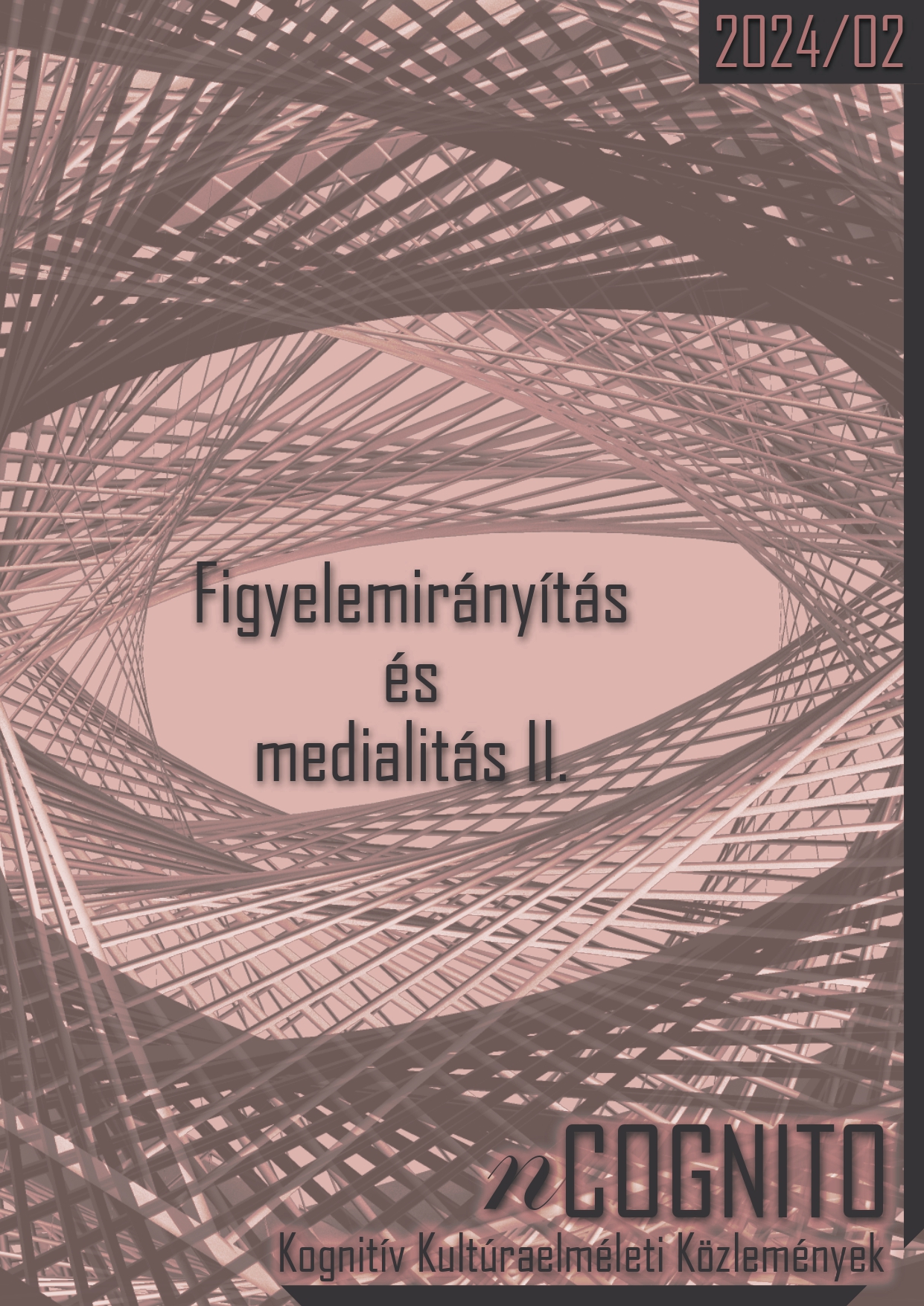The first steps in literary learning Attention direction and foregrounding in picturebooks
Main Article Content
Abstract
Reception of picturebooks, which takes place in the early stages of visual and literary literacy, is possible when a young child has a certain level of attentional capacity. In the introduction to this study, I will first examine the relationship between attentional processes and picturebook reception among the youngest recipients, because already here we can find connections that will play a role later on (habituation - dishabituation, social and cultural frameworks for shaping and motivating attention). I will then look at the media-specific procedures of directing attention in relation to the representation of narrative and the interaction between foregrounding and literacy. In this context, I assume that in the picturebook, image and text contribute separately to the creation of cognitive emphases, and the relationships between them are ranging from stylistically neutral parallel narratives to stylistically foregrounded counterpoint or contradictory relationships. Since in the latter case divergent narratives are accompanied by counterpointing or opposing perspectives, the use of idiosyncratic perspectives is one of the most common means in children's picturebooks to achieve significant cognitive changes in the target audience.
On the one hand, the examples studied show that picturebooks generally try to direct the attention of the inexperienced reader in a clear way, but at the same time some of them also try to renew the reader's expectations and routines by using more unusual techniques and leaving more room for the reader's activity. As unusual stylistic elements attract the attention of the audience, they also play an important role in the acquisition of interpretive skills and literary competence.

